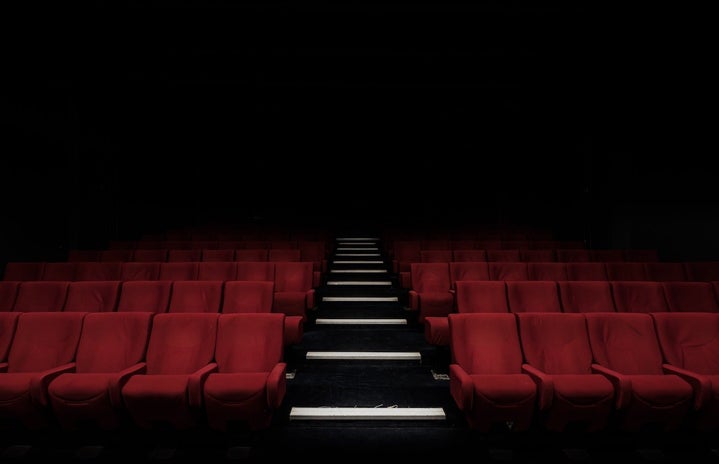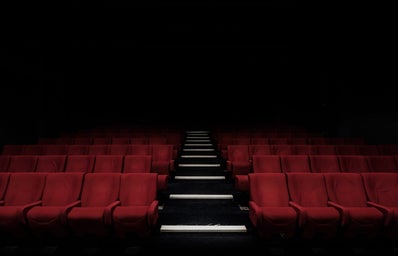Everyone has their favorite moments from the original Star Wars: A New Hope. From the iconic opening title crawl to the shot of Luke looking out at the twin suns of Tatooine, the film that started off the expansive Star Wars franchise is full of memories that would come to define the family-friendly science fiction blockbuster. A New Hope explored the vast reaches of space (aka a galaxy far, far away), yet it was always the cantina scene that captured my imagination.
In less than ten minutes, the film established the diversity of George Lucas’s universe and the unabashedly alien nature of Star Wars. Even though we had only seen flashes of each character, the appearances of the various bar patrons conjured countless backstories and the infinite possibilities of this distant galaxy. Fundamentally, the cantina evoked a sense of wonder, leaving us to question: who are we going to meet next?
The original Star Wars trilogy became the standard for the rest of the franchise: the perpetual battle between good and evil, and the importance of teamwork and friendship under all circumstances. As the franchise expanded, however, I began to realize that the legendary status of the original trilogy was closing off possibilities rather than opening them. 2015’s The Force Awakens explored similar story beats to A New Hope, with the main character awakening to their mystical powers while journeying across space to bring a droid with vital information to the rebel forces. With the introduction of Finn, Rey, and Poe, both critics and fans celebrated the film for merging the old and the new.
Enter The Last Jedi. It was a film that dared to be different: challenging long-time fans to unlearn what they had always known about the Star Wars franchise. It explored the importance of failure, rebuking the traditional hero’s journey that had defined the original trilogy. “Let the past die”, says Kylo Ren as a clear generational handoff to the franchise’s new leads. In particular, it was a handoff to a more diverse cast, something that many viewers noticed in the film. The outrage quickly manifested itself in unpleasant ways. Audiences review-bombed the movie for its overly apparent “progressiveness”. Kelly Marie Tran, the first Asian actress to have leading role in the Star Wars franchise, experienced unending harassment on social media. The inevitable result – heated arguments from both sides policing the “legacy of Star Wars”.
These accusations aren’t new to blockbuster films and franchises. We saw it happen to Marvel (see Captain Marvel, Spider-Man: Homecoming, Black Panther), another franchise accused of pandering towards progressive moviegoers in order to maximize profit.
Simply stated, I think this accusation is untenable. Let’s talk some more about A New Hope. The film was a testament to the expansiveness and diversity of science fiction, yet all the dialogue in the movie was spoken by white (and mostly male) characters. If you continue to explore the historical diversity of science fiction films, you’ll find that there’s close to none. Science fiction is all about possibility and speculation, yet the genre is still prone to ignoring the stories of those who are non-white and female. For Star Wars, “who are we going to meet next?” slowly became a rhetorical question to which the obvious answer was: probably a white guy. And therein lies the problem: science fiction has historically pandered towards white, generally male audiences. In this interview with academic Steven Shaviro, the concept is explained succinctly: “this means simplifying concepts, avoiding controversy, and pandering to a pre-defined, and extremely conservative fanbase. Even such small gestures like including women and people of color in prominent roles receive a violent negative response on social media.” And unfortunately, I believe the standards set by the original trilogy partially contributed to what became the new norm, eventually provoking the overwhelmingly negative response from fans for The Last Jedi. Don’t get me wrong, I still have my gripes about The Last Jedi and the sequel trilogy, but I wholeheartedly disagree that the increased diversity is something the film should be criticized for.
Lovecraft Country reclaims traditional stories of science fiction and magic from the grasp of racism.
Here’s another simple statement: if filmmaking is all about possibility, why can’t everyone be a part of it? It all comes down to the same fundamental feeling of wonder we experienced upon watching the cantina scene for the first time. It presents the possibility of new stories and perspectives for everyone (and anyone) in the galaxy, not just those that studios think will appeal to fans. Diverse casting doesn’t feel like pandering; in fact, it’s quite the opposite. It’s a reclamation of storytelling power for those who have been historically excluded. In turn, diverse casting challenges the audience’s preconceptions, all while expanding the ideological range of a franchise, or even an entire genre of films.


